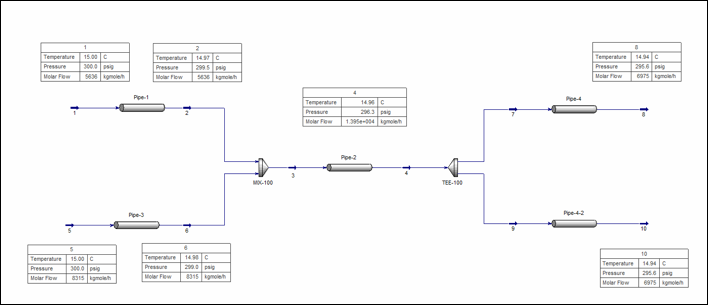Pipeline Hydraulics Simulation using Aspen Hydraulics

About Course
Aspen Hydraulics :
In a market where operational improvements are favored over new construction; pipe flow hydraulic analysis helps achieve incremental improvements that optimize pipeline flow and uptime. Aspen HYSYS Hydraulics for pipeline network modeling allows engineers to analyze flow assurance risks, and integrate this analysis with process models to optimize from the well head through the process facility. Watch this video to learn more.
Understand pressure drops to maximize flow and mitigate the risk for flow assurance issues with network modeling with built-in flow assurance analyses.
Multiphase flow through pipes is characterized by the flow regime, liquid hold-up and pressure gradient. Accurate prediction of these flow attributes is necessary for designing and maintaining pipelines and flowlines in the oil and gas industry. Aspen HYSYS provides a number of flow correlations for modeling multiphase pipe flow. To aid the user and provide a basis for comparison, the performance of correlations for different pipeline geometries, fluids, and flow regimes can be analyzed.
Learn how you can eliminate the need to employ separate third-party tools for pipeline hydraulics by modeling the entire gathering and production system (be it offshore, onshore, topside, etc.) within one tool. Using this new pipeline hydraulics modeling capability, you can optimize the design from a capital and energy perspective, and also ensure the overall safety of the system.
Terrain-induced slugging can cause damage to processing equipment, but predicting slug volumes for sizing slugcatchers is challenging. Learn how Aspen HYSYS can be used to predict slug volumes due to terrain-induced slugging.
Resources : Aspen Technology, Inc.
Process Modeling & Simulation & Control Telegram Group
Course Content
Introduction to Pipeline Modeling
-
Introduction to Pipeline Hydrulics
01:09
